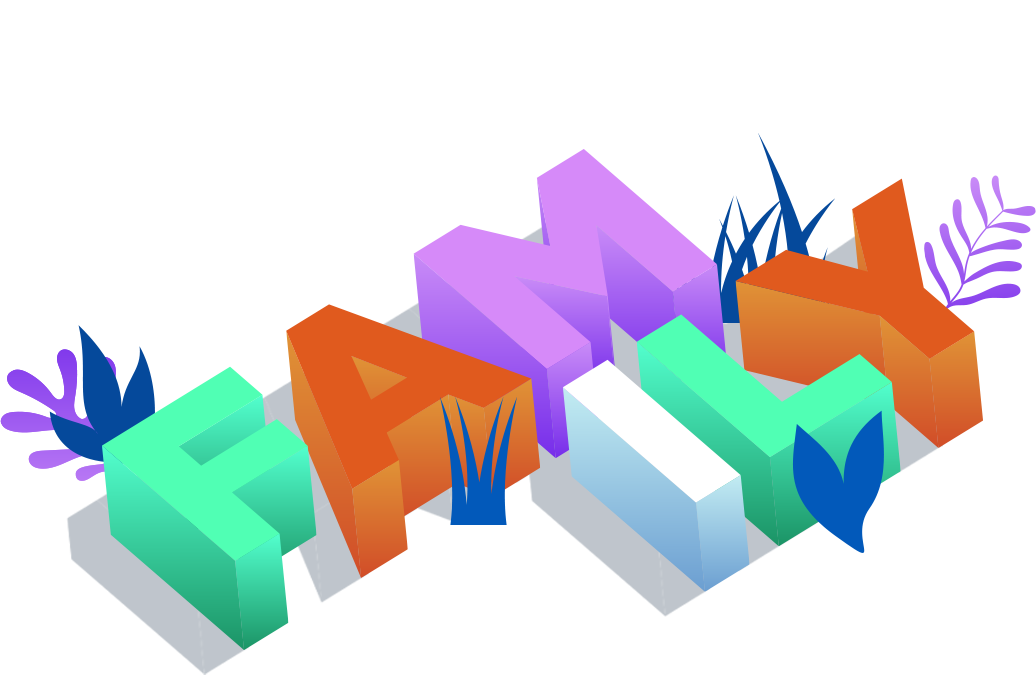
Cast your mind back to the 1970s – what does a family look like? Family was simple, working dad as the breadwinner, stay-at-home wife as the primary caretaker. Two kids who spent their days going to school and playing outside. Family time was around the dinner table.
This was an era where your path was chosen for you and open definitions of family were limited. It was an easier time and it was a much simpler time.
Recap on the Cultural Conversations: We are Family session here.
Research conducted by Powered and Fiftyfive5 as part of Powered's Cultural Conversation series presented at The Big Ideas Store in 2022.
Australians are nostalgic of this time...
“A simple era where things and life and the economy seemed easy cruising along, life appeared a lot less complicated. Things weren’t as stressful and the cost of living not as expensive like today.”
- Millennial
When we lift the lid on this ultra-traditional family structure however, we now know it was fraught with complexities. It was a mould that didn’t meet many of the family dynamics that we see today. Despite this, Australians are still nostalgic for the lifestyle it offered.
There is safety and comfort in what we know, and as Australians we still reminisce on what these days were like, and at times long for a simpler life. When life wasn’t as stressful and complicated.
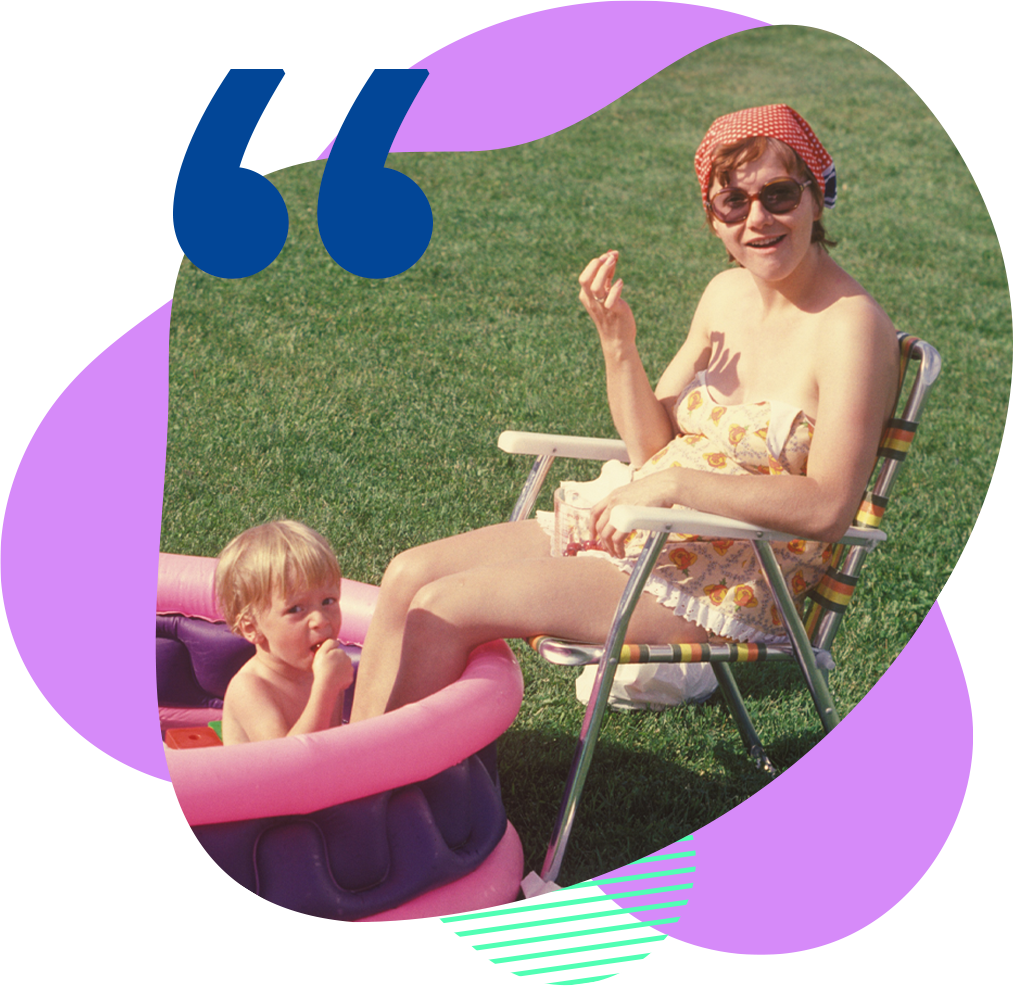

CHAPTER ONE
So what is today's official definition of the Australian family?
“Two or more persons, one of whom is at least 15 years of age, who are related by blood, marriage (registered or de facto), adoption, step or fostering, and who are usually resident in the same household.”
- Australian Bureau of Statistics
Moving through this research we will analyse just how accurate this definition is to Australia today. Whilst there is still a dominance of the nuclear family, we are evolving to be far more colourful by nature. In fact, we are seeing a clear shift in the increased number of:

Nuclear Families (Two Parents & Children)
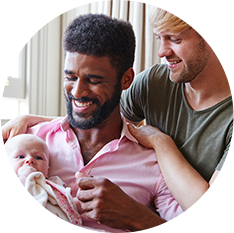
Same-Sex Couple Families

Grandparent Families
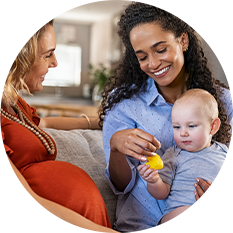
Co-Parenting as Friends

Co-Habiting Parent Families

Extended Families
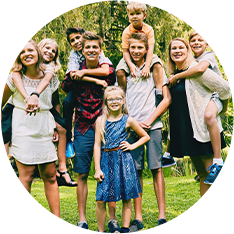
Blended Families

Polyamorous Families

Single Parent Families

Child-free Families

Child-free Families

Co-Habiting Parent Families
CHAPTER TWO
To be classified as a family, there are four key factors

Shared Experience
For someone to feel like family, there needs to be shared moments that make you feel closer and helps develop trust.

Unconditional Love
Family loves you no matter what, they're willing to accept all your faults and will stick with you through thick and thin.

Providing Support
Family are the people in your life who you feel you can be most vulnerable around and who will provide you with support.

Shared Responsibility
Family are the people in your life that you share responsibility with, either looking after pets, children, a household, or even cultivating family culture.

CHAPTER THREE
The plight of modern parenting
The problems parents face today are a product of a turbulent world.
Parents in particular have had a rough few years with the pandemic. Between home schooling and trying to work from home, the days seemed to blur into one with the monotony of lockdown. COVID-19, also referred to as the “shecession”, reflected the disproportionate negative effects the pandemic has had on women.
Of parents consider themselves to be more protective parents
Describe their parenting style as ‘routine’
Describe their parenting style as ‘disciplined’
Say they want to give children more freedom to balance out the events of the last two years
CHAPTER FOUR
The warped gender reality
Over the past 10 years, there has been a shift towards egalitarian parenting.
Australians believe there has been a shift towards egalitarian parenting as roles and responsibilities in households are starting to balance out.
Fathers are now becoming more involved in their day-to-day life and spending a lot more time with their children, an average of 59 minutes per day compared to the 1960s, when dads spent an average of only 16 minutes a day.
Roles and Responsibilities in households are becoming more egalitarian/equal.
Fathers are becoming more involved in their day-to-day life.
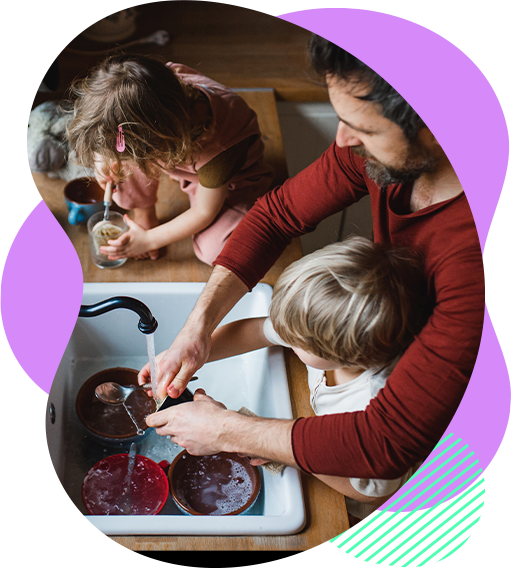
But 44% of male parents believe that the distribution of household tasks are balanced or well-balanced.
Male parents seem to think they are doing enough. In fact, 44% of Australian male parents believe that the distribution of household tasks is balanced or well-balanced in their household (versus 27% of female parents).
Mothers report that they take on 75% of the household tasks. Fathers, however, feel that is not the case and that tasks are evenly split, with men taking on a little more than half of the household tasks.

CHAPTER FIVE
The reality disconnect
To understand better how families are being represented in the media, we used an AI-powered semiotic approach. This approach is distinct from social media scraping technology because it is intelligent, and trend-versed. It doesn’t just trawl for word associations but decodes the literal and metaphorical meaning of all content. It then engages in a process of pattern recognition, clustering these meanings into themes or trends.
Mothers are often shown...
Fathers are often shown...
Australian families are not connecting with these current representations.
Don’t feel that brands represent current Australian families well
Neither agree nor disagree that their family dynamic is reflected in the media
Feel Australian families of today are poorly represented
Brands have a role to play in stopping the perpetuation of this unconscious bias
Believe that brands in Australia should be helping to normalise non-traditional family structures
Believe that brands should focus less on a the traditional mother/father roles
Australian parents are responding well to creatives that are just as colourful and varied as our family structures. People are looking to brands that normalise the non-traditional family structure, with 54% believing that brands in Australia should be helping to normalise non-traditional family structure. And a further 52% state that brands should focus less on the traditional mother/father roles.
Do's of Family Advertising
1. Dial up realism
2. Reflect modest rather than excess
3. Promote inclusivity without tokenising minority groups
4. Be mindful of gender stereotypes
5. If taking a position on a social issue, back it up tangible efforts
Dont's of Family Advertising
1. Exclusively representing one caste of people
2. Reinforcing traditional gender stereotypes and roles
3. Making light of the reversal of gender roles
4. Showing more than 3 or 4 kids.
5. Positioning materialism as a means of strengthening familial bonds
6. Focusing on a unrealistic portrayals
For further information, contact your Nine representative, or complete the form below.
A member of the team will be in touch.
Source: Nine’s Proprietary Research | We are Family



